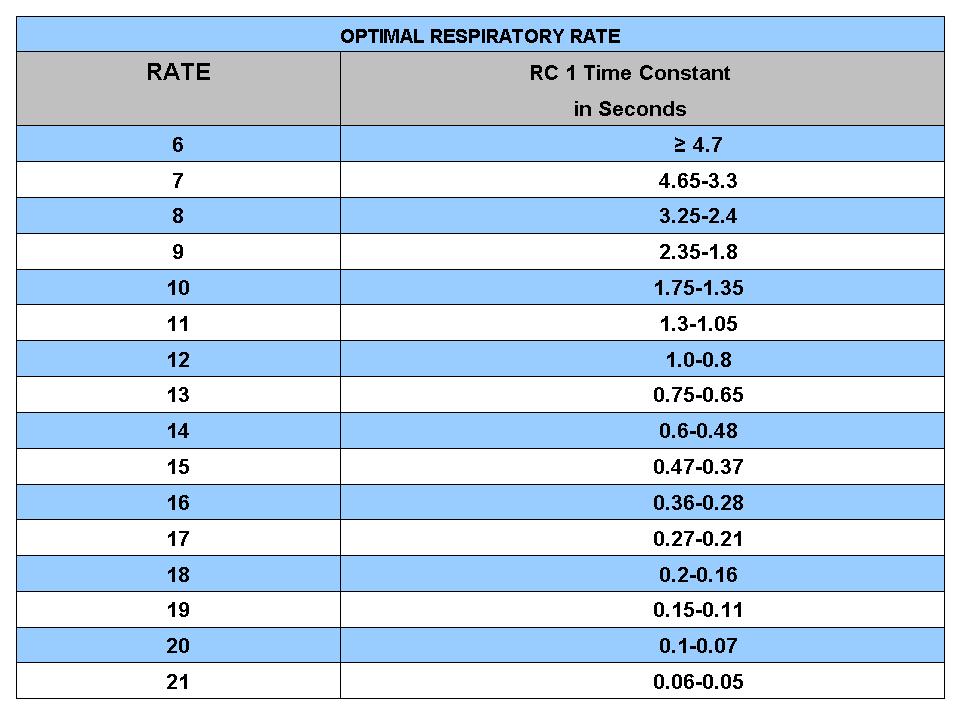Respiratory rate is a crucial vital sign that reflects the number of breaths a person takes per minute. This seemingly simple measurement can reveal a great deal about a person's overall health and well-being. While many of us may not consciously monitor our breathing patterns, the respiratory rate plays a vital role in assessing respiratory function, diagnosing various medical conditions, and even guiding treatment plans. Understanding this vital sign can empower individuals to take charge of their health and seek timely medical intervention when necessary.
In the hustle and bustle of modern life, it is easy to overlook the significance of our breathing. However, the respiratory rate is not merely a number; it is an indicator of how well our body is functioning. Factors such as physical activity, emotional state, and underlying health conditions can all influence our breathing patterns. By learning to monitor our respiratory rate, we can gain valuable insights into our body's responses to different stimuli and stressors.
In this article, we will delve deeper into the concept of respiratory rate. We will explore its definition, significance, and the various factors that can affect it. Additionally, we will address common questions regarding respiratory rate, including how to measure it, what constitutes a normal range, and when to seek medical attention. Join us as we unravel the mysteries of respiratory rate and discover how this vital sign can serve as a window into our health.
What is Respiratory Rate?
Respiratory rate refers to the number of breaths a person takes in one minute. It is a critical sign used by healthcare professionals to assess a person's respiratory health. The rate can vary based on several factors, including age, activity level, and overall health. Understanding the normal ranges and implications of respiratory rates can help individuals recognize changes that may signal an underlying health issue.
How is Respiratory Rate Measured?
Measuring respiratory rate is a straightforward process that can be done easily at home or in a clinical setting. Here’s how to do it:
- Find a quiet place to sit or lie down comfortably.
- Relax and breathe normally for a minute.
- Using a timer or clock, count the number of breaths you take in one minute.
- Note your findings; this will be your respiratory rate.
It is important to measure the respiratory rate when at rest for the most accurate results. Variations can occur due to exertion, stress, or illness.
What is Considered a Normal Respiratory Rate?
The normal respiratory rate can vary depending on several factors, including age and health status. Generally, the following ranges are considered typical:
- Newborns: 30-60 breaths per minute
- Children (1-5 years): 20-30 breaths per minute
- Children (6-12 years): 18-25 breaths per minute
- Adults: 12-16 breaths per minute
It is essential to note that deviations from these ranges may indicate potential health issues that require further investigation.
Why is Monitoring Respiratory Rate Important?
Monitoring respiratory rate is crucial for several reasons. It can provide valuable insights into a person’s overall health and well-being. Here are some reasons why tracking respiratory rate is important:
- Early detection of respiratory conditions: Changes in the respiratory rate can indicate the onset of respiratory issues such as asthma, pneumonia, or chronic obstructive pulmonary disease (COPD).
- Assessment of recovery: Monitoring respiratory rate can help healthcare providers evaluate a patient’s recovery from surgery or illness.
- Baseline health measure: Knowing your normal respiratory rate can help you recognize significant changes that may require medical attention.
What Factors Affect Respiratory Rate?
Several factors can influence an individual's respiratory rate, including:
- Physical activity: Exercise increases the demand for oxygen, leading to a higher respiratory rate.
- Emotional state: Stress, anxiety, or excitement can elevate the respiratory rate.
- Health conditions: Fever, infection, or chronic illnesses can lead to variations in respiratory rate.
- Altitude: Higher altitudes can cause an increased respiratory rate as the body adjusts to lower oxygen levels.
When Should You Seek Medical Attention for Respiratory Rate Changes?
While variations in respiratory rate are often normal, certain signs may indicate the need for medical attention:
- Persistent elevated respiratory rate (tachypnea) or abnormally low rate (bradypnea).
- Difficulty breathing or shortness of breath.
- Chest pain or tightness.
- Changes in skin color, such as bluish tinge around lips or fingertips.
If you experience any of these symptoms, it is crucial to seek medical advice promptly to ensure proper evaluation and treatment.
How Does Age Impact Respiratory Rate?
Age is a significant factor in determining a person's normal respiratory rate. As individuals grow and develop, their respiratory patterns change. For instance, infants typically have a higher respiratory rate compared to adults due to their smaller lung capacity and higher metabolic demands. Understanding these age-related changes can help caregivers and healthcare providers monitor respiratory health effectively.
Conclusion: The Importance of Being Aware of Your Respiratory Rate
In conclusion, the respiratory rate is a vital sign that deserves attention and awareness. By understanding what respiratory rate is, how to measure it, and when to seek help, individuals can take proactive steps toward maintaining their respiratory health. Whether you're an athlete monitoring your performance or someone managing a chronic condition, being aware of your respiratory rate can provide valuable insights into your body's health. Remember, knowledge is power, and staying informed about your respiratory rate can ultimately lead to better health outcomes.
You Might Also Like
David Phelps' Wife's Battle With Cancer: A Journey Of Love And ResilienceUnveiling The Life Of Desi Lydic's Husband: A Deep Dive
Doris Kearns Goodwin: Navigating Her Health Challenges
Robie Uniacke: The Man Behind The Vision
Unveiling The Life Of Wentworth Miller's Son: A Journey Into The Future
Article Recommendations
- Katianakay
- Alicia C Moon
- Jeffrey Osborne
- Jason Reid Age
- Aretha Wilson Wiki
- Mary Burke Age
- Benson Boone Religion
- Liam Payne Diana
- Gh Comings And Goings
- Rita Panahi Salary
:max_bytes(150000):strip_icc()/what-is-a-normal-respiratory-rate-2248932-v1-5c1abe6846e0fb0001c6284a.png)

